Explosion Protected Equipment for Critical Areas
Extraordinary considerations must be taken when using electronics in certain industrial environments. This articlewill provide an overview of security applications in potentially e...
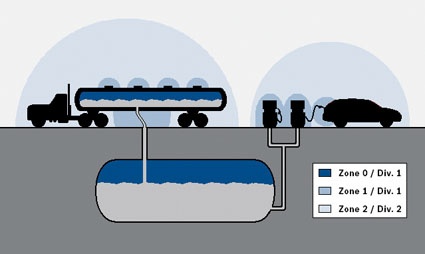
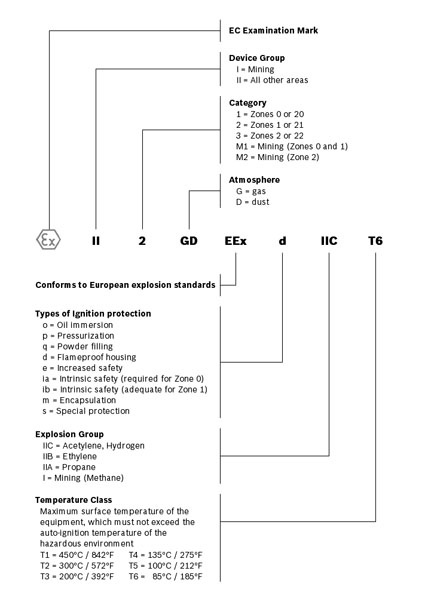
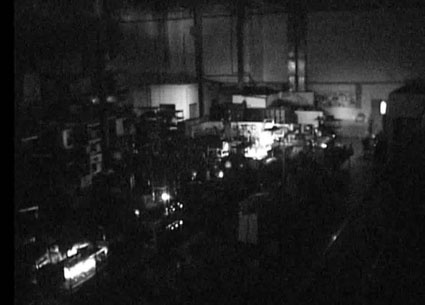
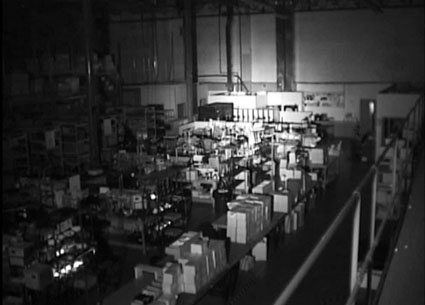
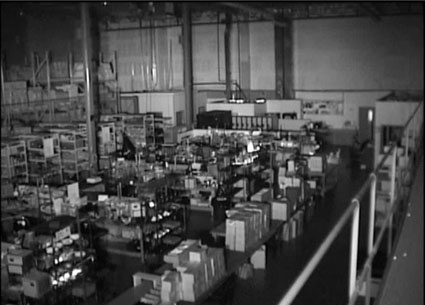
Extraordinary considerations must be taken when using electronics in certain industrial environments. This article will provide an overview of security applications in potentially explosive environments, highlighting the history, terminology, and industry standards for explosion protected surveillance equipment.
Explosive environments are typically found in industries such as oil and gas, petrochemical, and chemical. The content of this paper is applicable to all industries that are exposed to explosive environments, with the most common being oil and gas. We will also bring to light the difficult imaging challenges that are presented in critical industrial facilities and the current landscape of imaging and illumination technologies that are available for explosion protected environments.
History: The Need for Explosion Protected Surveillance Equipment
The need for certified explosion protected electronic equipment started in the early mining days in 1913 when 439 miners perished in a disastrous explosion. It was the worst disaster in British coal-mining history and its cause was found to be the low voltage signaling bells which in tragic irony, were brought in to improve communication and promote safety. It was then surprising to learn that these communication devices could ignite the methane gas that would typically permeate a coal mine.
Now, in the present day there is a growing need to install various types of electronic equipment in mines and other types of industrial facilities. The installation of electronic equipment in these modern industrial environments must be „explosion protected," which means the equipment is designed to prevent the ignition of explosive environments. National and international standards have been put in place and are enforced by law to ensure industrial facilities are using explosion protected equipment in areas that are deemed necessary.
There is also a growing need to have high quality and certified explosion protected surveillance equipment in a nation's primary and secondary industrial facilities. In the UK, oil refineries, chemical plants and gas plants have long been monitored with video solutions for protection against terrorist attacks and crime. Globally we have only begun to protect our factories with video surveillance. Moreover, the industry is finding that the use of video solutions in factories is an important tool in maintaining safe operation. Factory managers can monitor people, processes and equipment to ensure good operation and safety practices. Video solutions (instead of people) can be located where there are hazardous or unhealthy conditions. Automated factories can utilize smart video technologies to verify or trigger alarms if a process has gone awry. Many factories use „machine vision," where sophisticated video optics is an integral part of the industrial process.
The Meaning of "Explosion Protected"
Within the security industry, it is often thought that explosion protected products are capable of withstanding an external explosion, such as a bomb blast. While explosion protected cameras are typically rugged and may very well survive an explosion, this is not the design intent. The term "explosion protected," in fact, refers to an electronic device that, after being properly installed in a combustible atmosphere, will not cause an explosion even under fault conditions.
Protection methods used for explosion protected devices include "Flameproof" and "Explosionproof" (used respectively in Europe and the Americas) or "intrinsically safe." Certified explosion protected equipment using the explosionproof method is able to withstand an internal explosion in order to not let any flames escape the housing and ignite the surrounding areas. The external enclosure of this type of equipment would include flame paths, which are small gaps that extinguish the flames and cool hot gases, allowing the gases to escape the enclosure so that they are unable to ignite the outer atmosphere. Devices typically include switches, control systems, motors, transformers, lights and, of course, surveillance equipment. Intrinsically safe equipment use circuits, which are energy limited and incapable of producing a spark or any volatile thermal effects under normal or fault conditions. Devices typically include radios, measurement and control, actuators and sensors.
Industry Standards for Explosion Protected Surveillance Equipment
There are various industry standards that are available for explosion protected surveillance equipment. In North America, standards are based on the "Class, Division" system for hazardous locations. In Europe and other parts of the world standards are based upon the "Zone System" for potentially explosive atmospheres.
Classes, Divisions and Hazardous Locations
In North America, hazardous locations are identified by Class, Division, and Group as defined in the NEC (National Electrical Code) and CEC (Canadian Electrical Code). The system provides three Classes based on the type of hazard and explosive characteristics of the material, two Divisions based on the operating conditions and seven Groups based on flammability properties.
The Zone System and Potentially Explosive Atmospheres
In Europe and many other regions of the world, potentially explosive atmospheres are handled by using a zone system based off IEC (International Electrotechnical Commission) and CENELEC (European Committee for Electrotechnical Standardization) standards. The EU (European Union) adopted Directive 94/9/EC also known as the ATEX Directive to facilitate free trade in the EU by aligning legal and technical requirements across Member States. Therefore, knowing the meaning of ATEX codes would be critical in understanding the requirements of explosion protected surveillance equipment in explosive environments in Europe and the rest of the world. Below is the list of ATEX codes in terms of device groups, categories, temperature class, explosion group, and types of ignition protection with detailed descriptions of what they mean.
Getting the Image in Explosion Protected Environments
Minimizing the possibilities of accidental damage to equipment and ensuring security and safety of workers have become more prevalent concerns in critical facilities over the years. Having reliable video verification of events in critical facilities allows operators to be in control of a potential crisis around-the-clock, even in most difficult lighting conditions. In particular, surveillance equipment that provides the right level of detail can enhance the accuracy of tough judgment calls operators are forced to make during a crisis. Often a simple judgment call of whether one should send his fellow colleagues to investigate a site of concern can turn into a life and death situation in the matter of minutes in explosion protected environments.
Factories and industrial facilities today are all controlled and monitored by a process system, more commonly referred to as a Supervisory Control and Data Acquisition / Distributed Control System (SCADA/DCS) process. Using real-time video verification in a SCADA/DCS process can not only help analyze system efficiency but assist in scenarios where a proactive approach can be taken in potentially dangerous situations.
An increasing amount of camera installations are found on drill floors of offshore oil rigs, around critical processes at refineries, and near critical equipment, such as petroleum storage tanks. Generally, these locations have a range of difficult natural lighting conditions such as a bright ocean background over a dark foreground typically found on the deck of an offshore rig. These critical sites can have a range of difficult artificial lighting conditions, such as shadow casting and uneven illumination. When problems occur in locations where it is challenging to capture a good image, operators are unable to inspect visually what is going on and lose valuable time that might just be needed to prevent a minor problem from becoming a major one.
Different types of modern imaging and illumination technologies are available to handle the imaging challenges that are typically faced in explosion protected environments.
Modern Imaging Technologies
Modern imaging technologies, such as 20-bit digital signal processing, can expose details not visible to the naked eye in both day and night times. 20-bit digital signal processing generates two images to produce the clearest picture for every scene: one long exposure resolves details in scene's darkest areas, while one short exposure captures the brightest areas. The processing then mixes the pixels from each image to produce the most detailed picture possible. The 20-bit digital signal processing also uses state-of-the-art software to analyze and enhance each pixel.
Active Infrared Illumination Technology
Active infrared illumination technology can help operators detect, classify, recognize, and identify targets not visible to the naked eye at night time. It is considered an inexpensive method of obtaining high quality images in low light conditions. Active infrared illumination technology also provides discrete illumination for security video and minimizes light pollution.
Advanced Infrared Illumination Technology
Having advanced active infrared illumination technologies supplementing explosion protected cameras ensure security and operational professionals high quality images in any lighting conditions, even in difficult nighttime and low-light environments. These advanced active infrared illumination technologies are able to provide three key benefits. First, they can effectively illuminate the foreground and background - providing light where the camera needs it. Second, they can eliminate hot spots and underexposures, ensuring consistent lighting across any scene and enabling video analytics to immediately detect security and safety threats. Third, they can minimize LED degradation, ensuring quality data throughout the life of explosion protected surveillance equipment and across the operation temperature range of the product. In addition, modern LED lighting draws much less power than conventional lighting, making explosion protected equipment with modern LED lighting more energy efficient.
Conclusion
Surveillance related issues have been increasingly challenging, especially for explosion protected environments, and having high quality and certified explosion protected surveillance equipment in a nation's primary and secondary industries has been progressively more vital to the health of a nation's infrastructure. It has not been easy for security and operational professionals to find the right surveillance cameras for their critical facilities, and it has been increasingly important for these professionals to have explosion protected cameras that perform flawlessly in natural and artificial light.
With its imaging prowess, Bosch has been a field-proven expert in security for explosive environments. For more information regarding the technologies mentioned in this white paper and our experiences with critical industrial facilities, please refer to the Bosch Imageology and Hazardous Locations websites for details.
most read

Integrated and Futureproof: Traka’s Next Chapter
Interview with Stefni Oliver on Traka’s Vision for the Future

Security management, building security & perimeter protection: the winners of category E at the GIT SECURITY AWARD 2026
GIT SECURITY AWARD 2026: Security management, building security & perimeter protection - an overview of the most innovative solutions

Is Your Venue Ready for Martyn’s Law?
Martyn’s Law demands stronger security by 2027. Is your venue prepared to protect and respond?










